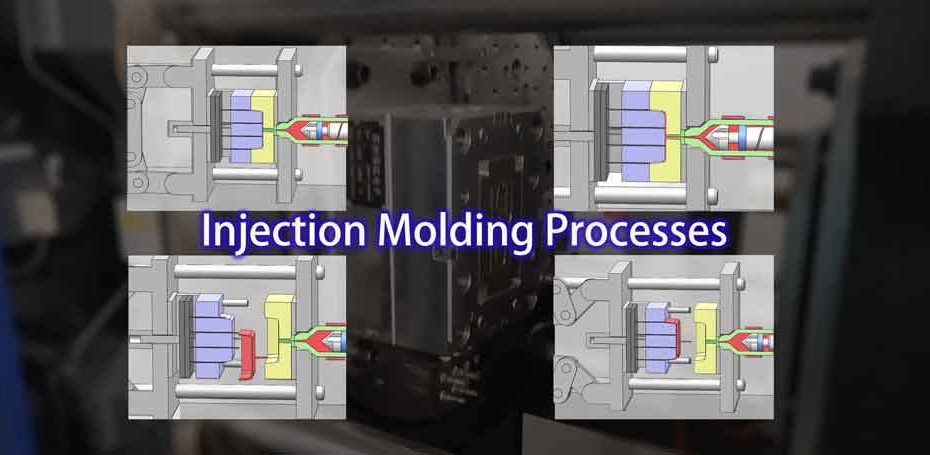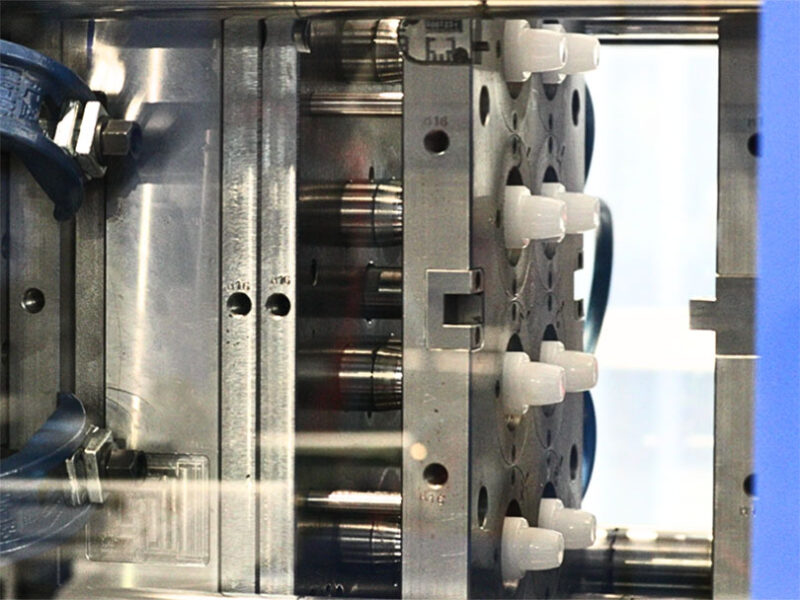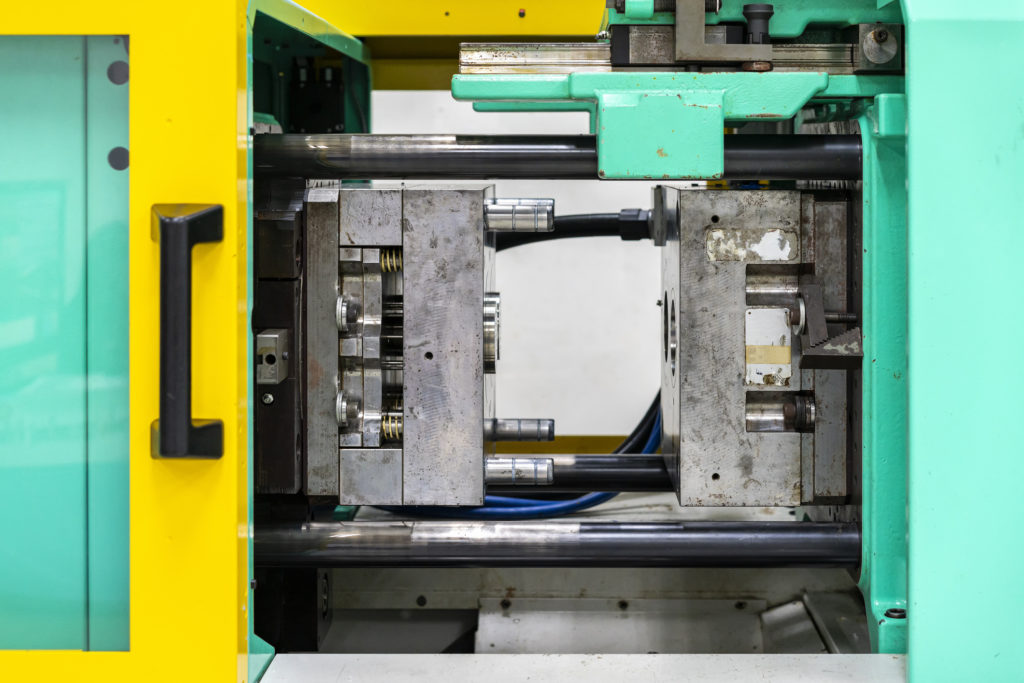Exactly How Plastic Injection Molding Makes Sure Consistency and Accuracy in Production
Exactly How Plastic Injection Molding Makes Sure Consistency and Accuracy in Production
Blog Article
Comprehending the Essentials of Plastic Shot Molding Procedures
Plastic injection molding serves as a cornerstone of modern-day production, supplying a systematic method to creating complex components with accuracy. Discovering these crucial aspects could reveal just how even minor adjustments can lead to considerable enhancements in production outcomes, raising questions regarding the capacity for innovation in this established procedure.
What Is Plastic Injection Molding?
Plastic injection molding is an extensively utilized production process that changes thermoplastic and thermosetting materials into specific and complicated forms. This technique is preferred for its ability to create high quantities of identical components with extraordinary accuracy, making it a crucial technique in numerous industries, consisting of auto, durable goods, and clinical devices.
The process entails melting the selected plastic material and infusing it right into a mold under high pressure. The mold, made to the specifications of the preferred component, permits the liquified plastic to materialize as it cools and strengthens. As soon as the material has actually solidified, the mold is opened up, and the ended up component is ejected.
Plastic shot molding supplies numerous benefits, consisting of reduced waste, uniformity in manufacturing, and the capacity to incorporate intricate styles that might be testing with various other making approaches. In addition, it sustains a wide series of materials, each providing distinct homes that can be tailored for certain applications. As markets proceed to introduce, plastic injection molding stays at the leading edge, allowing the advancement of sophisticated products that meet evolving consumer needs.
The Shot Molding Process
The injection molding process is an innovative strategy that entails a number of crucial stages to produce premium plastic components. Plastic pellets are fed into a heated barrel where they are thawed right into a viscous liquid. This molten plastic is then infused under high stress right into a precision-engineered mold, which shapes the product right into the preferred kind.
Once the mold is filled, the plastic is enabled to strengthen and cool, taking the form of the mold and mildew dental caries. Cooling time is crucial, as it impacts the cycle time and the last properties of the shaped component. After adequate air conditioning, the mold opens, and the finished part is ejected making use of ejector pins.

Products Utilized in Shot Molding
Different materials can be used in the shot molding procedure, each offering special residential properties that deal with specific applications. The most commonly made use of products consist of thermoplastics, thermosetting plastics, and elastomers.

Thermosetting plastics, like epoxy and phenolic resins, a knockout post go through a chemical adjustment during the treating procedure, leading to an inflexible, inflexible structure. These materials are suitable useful site for applications needing high heat resistance and structural honesty, commonly used in electrical insulators and automobile parts.
Elastomers, including silicone and rubber-based materials, provide adaptability and strength. Their distinct residential or commercial properties make them appropriate for applications that require elasticity, such as seals and gaskets.
Additionally, specialty products like bio-based plastics and composites are acquiring traction for their ecological advantages and enhanced efficiency attributes, broadening the extent of injection molding applications in different markets. Understanding the residential properties of these products is critical for choosing the proper kind for details tasks.
Advantages of Injection Molding
Injection molding stands out as a highly reliable production procedure that supplies many advantages for producing complex get rid of precision. Among the most substantial advantages is the capacity to produce intricate designs that would be difficult or difficult to accomplish with various other approaches (Plastic Injection Molding). The procedure enables for tight resistances and thorough functions, ensuring high-quality parts
Additionally, shot molding is understood for its quick production capabilities, making it a perfect selection for high-volume production. Once the mold and mildew is produced, parts can be created quickly, lowering preparations and raising general performance. This efficiency not only lowers production prices however also supplies an one-upmanship on the market.
The convenience of materials made use of in injection molding further enhances its appeal. A variety of thermoplastics and thermosetting polymers can be employed, enabling suppliers to pick materials that best meet their specific requirements, consisting of heat, stamina, and adaptability resistance.
Moreover, the process decreases waste, as excess product can often be recycled and recycled. This sustainability facet adds to a reduced environmental effect, making shot molding a responsible production selection. In general, the advantages of shot molding make it a recommended method for numerous markets.
Elements Influencing Item Quality
While various aspects can influence product high quality in injection molding, recognizing these elements is important for accomplishing ideal outcomes. Trick aspects include material selection, processing criteria, and mold and mildew layout.
Product choice plays a vital role, as different polymers exhibit one-of-a-kind residential or commercial properties that impact flowability, strength, and thermal security. Inadequate material choice can lead to defects such as warping or insufficient filling.
Processing parameters, including pressure, cycle, and temperature level time, need to be thoroughly managed. Variants in these settings can cause incongruities partially dimensions and surface finish. For example, exceedingly heats might trigger deterioration of the polymer, while inadequate stress can result in brief shots.
Mold and mildew layout is similarly essential, as it determines the circulation of the molten plastic and the cooling procedure. Improperly designed mold and mildews may result in uneven air conditioning rates, resulting in dimensional inaccuracies and recurring stress and anxieties.

Conclusion
Finally, plastic injection molding works as a vital production process that allows the More hints efficient production of top quality parts. Mastery of the injection molding procedure, consisting of the understanding of products and the impact of different variables on product quality, is vital for accomplishing optimal results. The benefits of this technique, such as cost-effectiveness and style versatility, further underscore its importance across multiple industries, strengthening its status as a recommended choice for high-volume manufacturing.
Plastic injection molding serves as a keystone of modern-day manufacturing, providing a methodical technique to creating complex parts with accuracy.Plastic shot molding uses several benefits, including decreased waste, consistency in manufacturing, and the ability to incorporate complex designs that might be challenging with other producing methods (Plastic Injection Molding). As markets proceed to introduce, plastic injection molding stays at the forefront, making it possible for the advancement of advanced items that meet progressing consumer needs
The injection molding procedure is a sophisticated strategy that involves numerous key phases to produce top notch plastic components.In verdict, plastic injection molding serves as a critical manufacturing procedure that enables the effective manufacturing of top quality parts.
Report this page